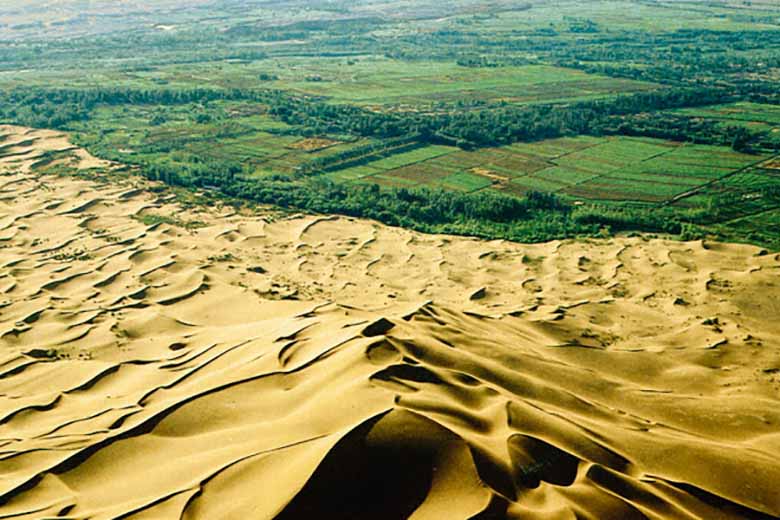We were told that global warming and pollution would complicate our future. The problem, as you know, already belongs to the present: indeed, to the recent past. We already have to fight back and adapt: human activities such as deforestation have damaged the planet, and now we will have to correct the mistakes.
In 2008, a pharaonic project was launched in Africa against desertification (I talked about it here). The 'Great Green Wall', this is the name of the initiative, aimed to establish an 8000km barrier from Senegal to Djibouti, crossing Africa “coast to coast”. Today, almost 15 years later, the first important results arrive. But let's take a small step back.
Genesis of the Great Green Wall project
The idea of a Great Green Wall (GMV) was born in 2007 on the initiative of the African Union. The organization wants to combat the effects of climate change and desertification on the continent, and they are right. Desertification is relentless, and only a "physical" barrier can literally save the lives of millions of people: it is very important to develop new ecosystems which, in addition to fighting global warming, also offer new sources of production.
What results were expected against desertification?

It goes without saying that, upon launch, the initiative received many criticisms of ineffectiveness and lack of feasibility. However, the potential benefits were there for all to see. Against desertification, a project like this can bring:
- Protection of fields and villages from the winds and dust of the desert, as well as the diseases that may follow.
- Nutrient supply: Dead leaves provide a boost to the soil's nutrient supply and its water-holding capacity.
- Natural transpiration of trees, or evapotranspiration, which causes more precipitation and humidity.
- Feed livestock better quality forage, as shade from trees allows for better growth.
It goes without saying that even on a global scale, this new, large "green lung" just a few hours from a highly industrialized Europe can only bring benefits.
The result, 15 years later
After 15 years of plantations, the Great Green Wall (which in Eurasia would practically unite Paris with Beijing) is in the running to meet a goal. Which? That of wresting 100 million hectares of land from desertification by 2030. Among the collateral objectives, also the capture of 250 million tons of carbon.
Running, I said, despite being a small trot: we are currently at 15% of its final form. The slowness? Due to the usual reasons: economic interests of the nations involved and wars. What can this project do in full swing?
We will know if the $ 20 billion promised as the next allocation is actually disbursed. Of the 11 countries involved in the Great Green Wall against desertification, not all have done their part well.



